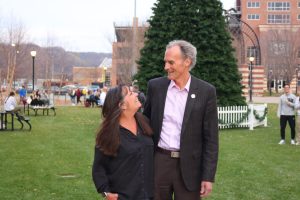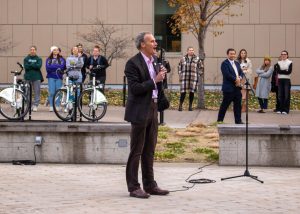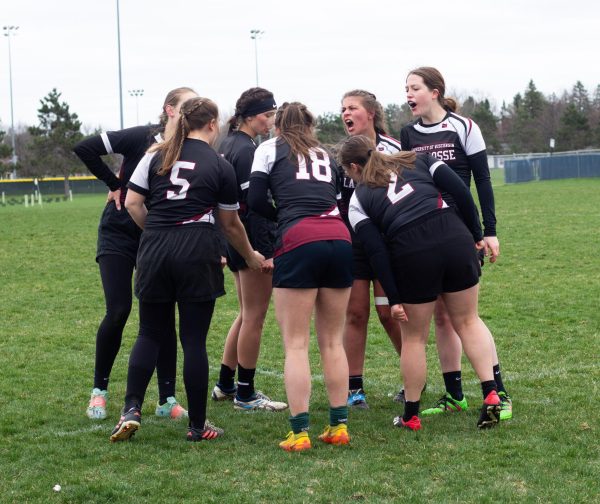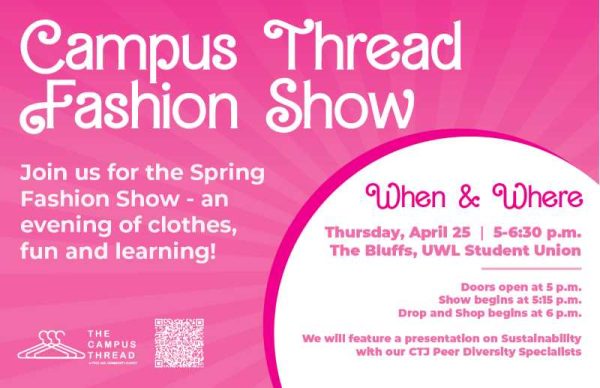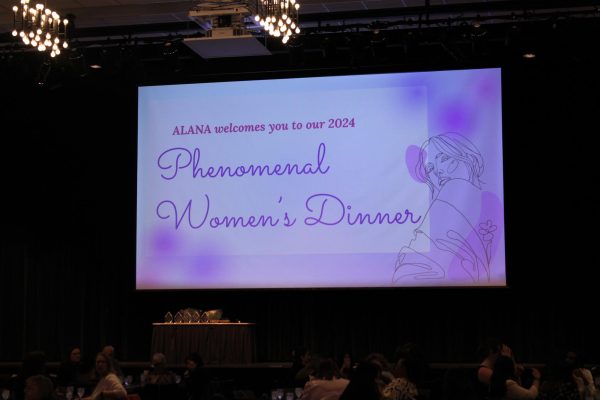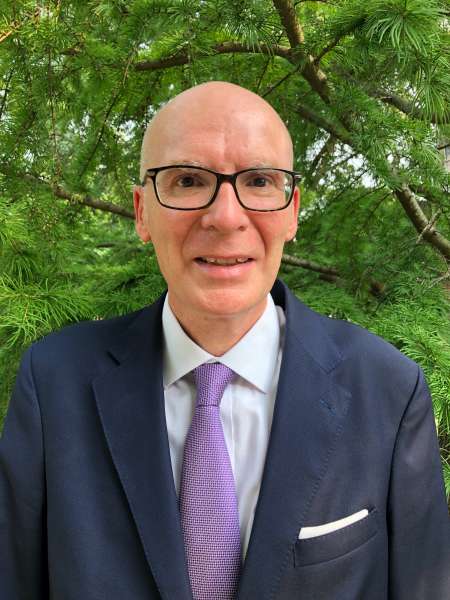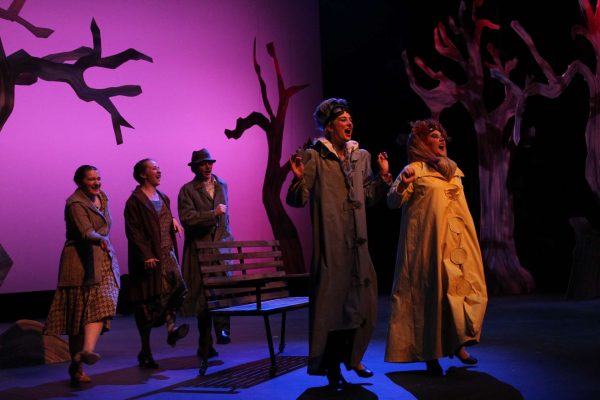Viewpoint: What is Seasonal Affective Disorder (SAD)?
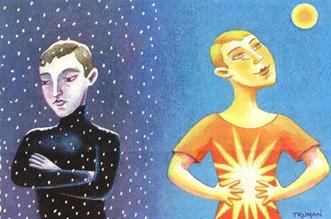
November 10, 2016
Now that daylight savings time has ended, many people are celebrating the hour they’ve gained. However, for some, this time of year does not bring that same satisfaction. In fact, this is when symptoms of seasonal affective disorder begin to appear for approximately three percent of the population. According to the Mayo Clinic, these symptoms include effects like irritability, excessive sleeping, low energy, hypersensitivity to rejection, heavy feeling in the arms or legs, appetite changes, weight gain, and loss of interest.
According to Haley Ingersoll, president of UW-La Crosse’s Active Minds, the disorder can affect enjoyment of extracurricular activities and can create difficulties with concentration. “It is characterized by at least two years being impacted by seasonal changes.” UWL Peer Health Educator and Public Health major Grace Mortenson states, “Seasonal affective disorder (SAD) is actually a form of depression that reoccurs at the same time every year. For many students, it makes a slow start in the fall and increases as we move into the winter months.” Seasonal affective disorder has often been referred to as “seasonal depression” because of its effects cyclical nature. “It’s actually very common, and most cases are self-diagnosed,” says Mortenson.
The Mayo Clinic notes that SAD does not have a specific cause. However, there are possible contributing factors. For example, the reduced level of sunlight could disrupt an individual’s circadian rhythm or “biological clock,” leading to depression symptoms. In addition, the Mayo system also cites levels of serotonin and melatonin as factors that could come into play. Both of these chemical are known to affect mood, with melatonin also affecting sleep patterns. SAD is more often diagnosed among female individuals; however male individuals tend to experience symptoms of a higher severity. Those who are young and live far from the equator are also more likely to develop SAD. Mortenson believes students on campus should know they have support on campus if they do experience SAD. “We offer forms of treatment here at UWL, including phototherapy and resources from the Counseling and Testing Center.” Phototherapy, also known as light therapy, refers to a form of treatment using a light therapy box that mimics natural light. Treatments for SAD can also include medication and psychotherapy.
Haley Ingersoll and Active Minds hope to fight against mental health stigmas as they stray people from seeking help. “One in four people have a diagnosable mental illness,” says Ingersoll, “At that rate, it is common enough that either you or someone you know will experience a mental illness at some point in their lives. So why don’t we talk about it?” Mortenson agreed with the statement, adding, “Know that what’s happening may be more than ‘just a funk,’ ‘a rut,’ or ‘the winter blues.’ Do what you can to practice self-care.” Active Minds hopes to make the conversation surrounding mental health much less taboo. “This campus in particular exudes an image of physical wellness, so it’s about time we emphasize the importance of mental health too.”





